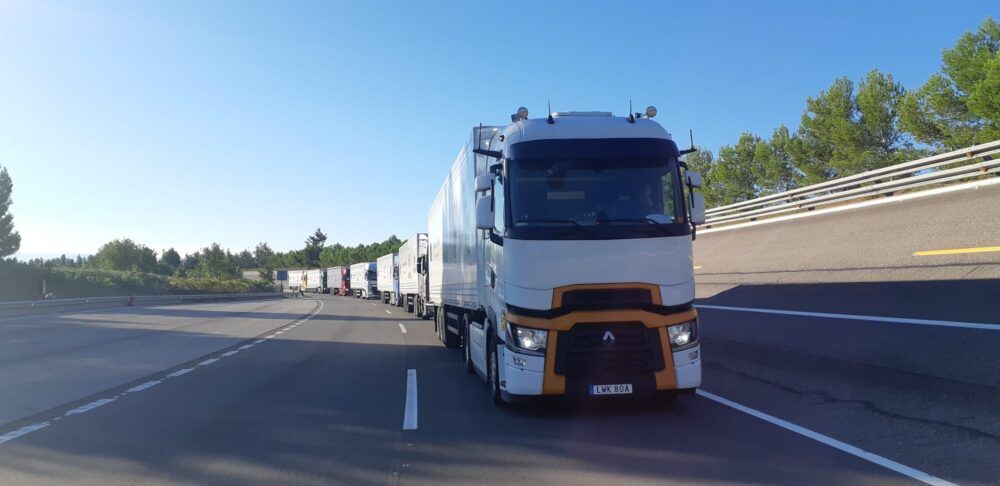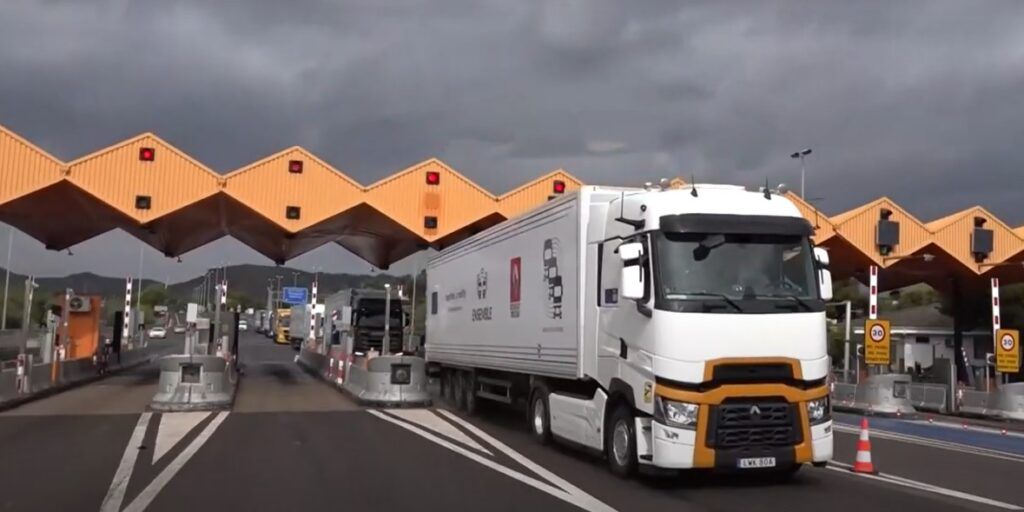What is ENSEMBLE?
The ENSEMBLE project started in 2018 with the aim of paving the way for the adoption of multi-brand truck platooning. This is when two or more trucks from different manufacturers connect on the road and coordinate movements and responses to the environment they are driving in. This cooperative driving is seen as a solution to reduce emissions and road congestion and increase road safety.
The project, budgeted at 26 million Euros, will run for 42 months. Marika Hoedemaeker, its coordinator, explains to PierNext that they hope to make progress on different fronts, especially in the development of an open communication protocol so that the different brands can incorporate it into their future connected trucks.
"We are preparing documentation on aspects such as fuel consumption or traffic flow and the benefits platooning generates for brands and road operators. We obtain this data from simulations and driving in real-life environments to study the impacts of platooning compared to the data produced by trucks driven individually," she shares.
From Barcelona to Sitges, the first ever demonstration in a real environment
On 23 September, the first and, so far, only demonstration of multi-brand truck platooning took place in a real environment, as previously all the tests had been carried out on closed circuits. Seven trucks (from manufacturers DAF, Daimler Trucks, IVECO, MAN Trucks & Bus, Renault Trucks, Scania and Volvo Trucks) gathered at the Hotel Fira Congress in L'Hospitalet del Llobregat and set off in a platoon to Sitges.
The main objective of the test was to check the functioning of the common communication protocol in all trucks and its influence on group driving. "Each brand has its own algorithms, but at a higher level there is a common protocol that must be aligned so that certain manoeuvres, such as deceleration, guide the behaviour of the entire convoy," Hoedemaeker explains .
The project started with the goal of each truck driving fairly close to each other, at a distance of between 0.8 and 0.6 seconds. "However, we realised that this is not feasible at the moment. The main reason is that these times leave very little room for manoeuvre if the driver has to intervene. This does not mean that we will not be able to close this gap in the future, but to do so, more work on the redundancy of the system is required," she justifies.
 On 23 September, the first and, so far, only demonstration of multi-brand truck platooning took place in a real environment, in this case, between Barcelona and Sitges. (ENSEMBLE)
On 23 September, the first and, so far, only demonstration of multi-brand truck platooning took place in a real environment, in this case, between Barcelona and Sitges. (ENSEMBLE)
 On 23 September, the first and, so far, only demonstration of multi-brand truck platooning took place in a real environment, in this case, between Barcelona and Sitges. (ENSEMBLE)
On 23 September, the first and, so far, only demonstration of multi-brand truck platooning took place in a real environment, in this case, between Barcelona and Sitges. (ENSEMBLE)







